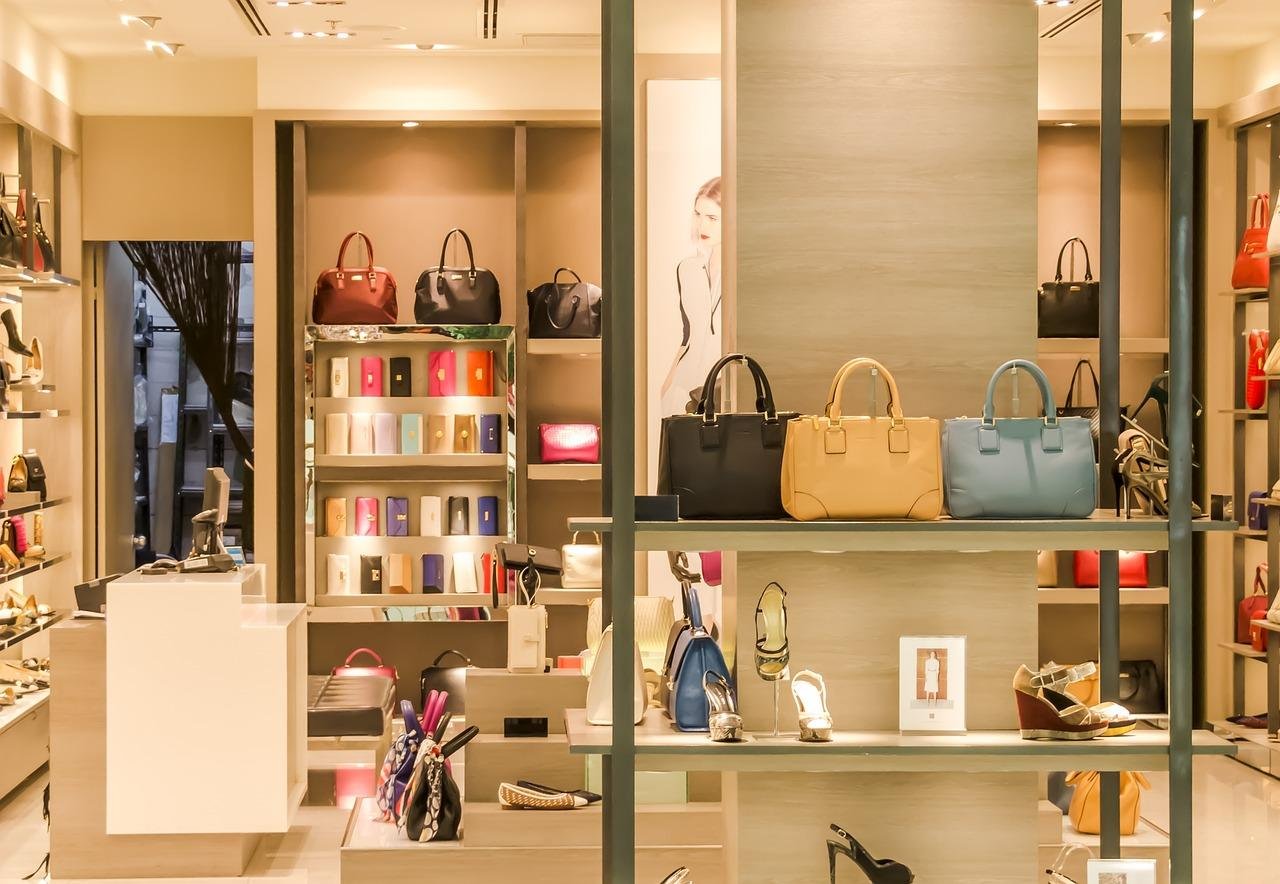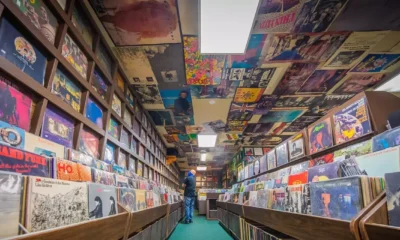Business
New Data Reveals Startling Reasons Behind Toothpaste Lockup in Stores

Shoplifting rates in the three largest U.S. cities—New York, Los Angeles, and Chicago—remain elevated compared to pre-pandemic figures. This trend was highlighted in a recent report from the nonpartisan Council on Criminal Justice, revealing the growing severity of retail theft as a pressing concern.
The surge in retail theft has emerged as a focal point for political discourse, particularly as public safety becomes a paramount issue in communities. Since 2020, incidents of reported smash-and-grab robberies have intensified fears of rampant crime in the U.S. While public perception has somewhat improved, many still believe crime is more pervasive now than in past years.
According to criminologist Alex Piquero, the perception of impunity in shoplifting poses risks. “There is a sense of brazenness that people have,” he noted, suggesting that increased awareness of legal consequences is essential.
In response to rising shoplifting rates, at least eight states—including Arizona and California—passed a total of 14 legislative measures in 2024 aimed at redefining and penalizing retail theft. These new laws incorporate changes such as adjusting penalties and protecting retail workers.
Despite these efforts, major retailers continue to face challenges. Many have implemented stricter security measures, such as locking up merchandise and hiring private security. However, a recent report indicated that retail theft remains a persistent issue.
In Chicago, although shoplifting incidents were largely stable in 2023, there was a staggering 46% increase from January to October 2024 compared to the previous year. Los Angeles has seen shoplifting rates soar by 87% since 2019, despite a lower count recorded this year possibly due to changes in crime reporting systems. New York similarly reported a 55% increase in shoplifting since 2019, although rates dipped slightly over the past year.
Interestingly, data indicates that rates of shoplifting have risen even as retailers have escalated their response. Researchers noted a 3% increase in shoplifting from January to September 2024 compared to 2023, surprising experts who anticipated a decline due to enhanced reporting efforts.
In downtown Chicago, where security is a constant priority, guard Edward Johnson remarked on the shifting shopping environment. “Malls have become quieter,” he noted, suggesting that factors beyond theft, such as the rise of online shopping, play a role in changing consumer behavior.
Newly elected Cook County State’s Attorney Eileen O’Neill Burke recently enacted a law to lower the felony threshold for retail theft, sending a strong message about the seriousness of the crime. Retailers nationwide are increasingly concerned about organized theft, which accounted for 36% of losses in 2022 attributed to external theft.
Legislation in states like California targets significant reforms intended to bolster the fight against retail theft. Governor Gavin Newsom recently signed several bills designed to impose steeper penalties for repeat theft offenses and consolidate charges across jurisdictions.
Moreover, pending legislation in New Jersey seeks to enhance penalties for organized shoplifting rings, reinforcing the urgent need for legislative measures to deter such criminal activities. As the perception and reality of retail theft continue to evolve, increased reporting from retailers will be crucial in addressing these challenges effectively.
Accurate data gathering becomes imperative as stakeholders work to grasp the complexities of shoplifting trends. Despite discrepancies in national crime reporting systems, the Council on Criminal Justice emphasizes the importance of comprehensive crime reporting for better allocation of law enforcement resources.


















